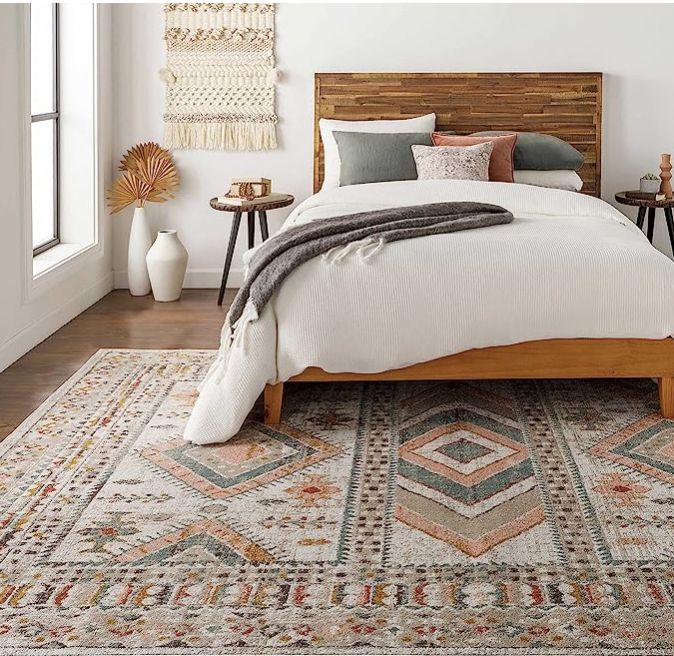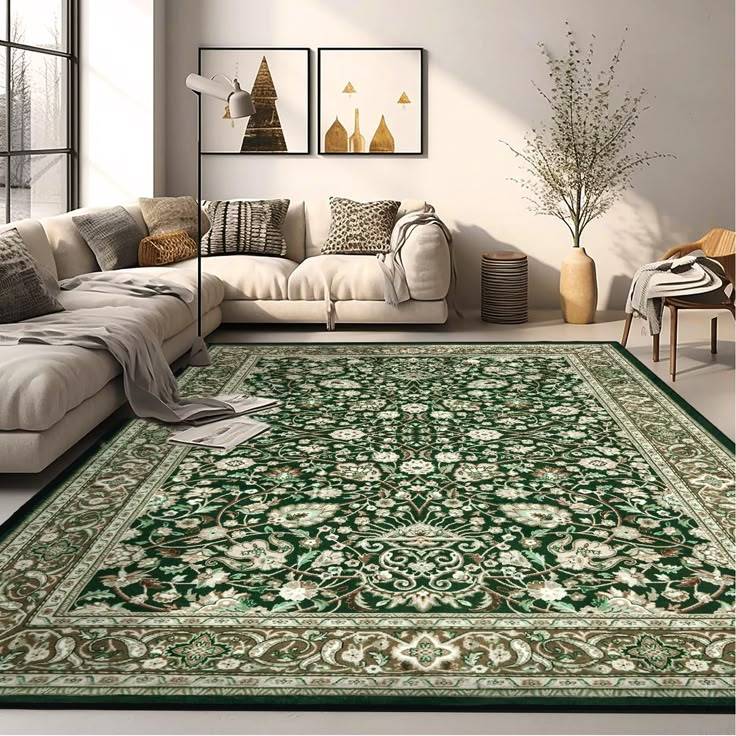Learn how to layer rugs like a pro! Discover tips, techniques, and style secrets to add depth, texture, and drama to your home with multiple rugs.
Layering rugs is one of the best-kept secrets in home decor – and one of the easiest ways to instantly elevate your space. Whether you’re looking to add texture, define areas, or create an effortlessly stylish look, layering rugs can give your room a magazine-worthy finish.
In this guide, we’ll explore why layering works, how to do it right, and what combinations bring the most visual impact – all approved by interior designers and rug stylists.
Why Layer Rugs?
Layering isn’t just a trend – it’s a timeless strategy for bringing warmth, visual interest, and personality into your home. Here’s why decorators love it:
- Adds Dimension: Layered rugs break the flatness of a room and create a more dynamic visual experience.
- Highlights Key Spaces: Perfect for open floor plans or small rooms, layered rugs can help you zone a space without building walls.
- Personalizes a Room: You can mix and match textures, colors, and patterns that reflect your unique style.
- Gives Old Rugs New Life: Have a rug you love but it’s too small? Layer it over a larger neutral base to make it work.
Best Rug Layering Combinations
There’s no one-size-fits-all approach — but here are some tried-and-true layering strategies:
🧶 Natural Base + Statement Rug
Start with a neutral jute or flat-woven rug as your base, then place a smaller, patterned or colorful rug on top. Great for grounding bold prints.
🐑 Shag or Sheepskin Accent
Use a soft shag or faux sheepskin over a flat rug to add cozy texture – ideal for bedrooms, reading corners, or nurseries.
🎨 Pattern Over Solid
Let a bold, graphic rug shine by layering it over a solid-colored base rug. Keep surrounding decor minimal for balance.
🧱 Offset the Top Rug
Don’t always center the top rug – angling or offsetting it slightly can create a more natural, laid-back vibe.
Tips for Successful Rug Layering
- Size matters: The base rug should always be at least 20-30% larger than the top rug.
- Stick to a color palette: Layering works best when colors are coordinated or complementary.
- Mind the edges: Avoid layers that cause tripping – especially in high-traffic areas.
- Experiment with shapes: Try layering a circular rug over a rectangle, or a cowhide over a large flatweave.
Best Rooms for Layered Rugs
- Living Room: Define the seating area and add contrast beneath the coffee table.
- Bedroom: Place a cozy accent rug on each side of the bed over a neutral base.
- Entryway: Create a strong first impression by layering texture and tone.
- Studio or Loft: Separate different zones – like work, lounge, and dining – with layered rugs.
Final Thoughts
Layering rugs is both an art and a technique – and once you try it, you’ll wonder why you waited so long. Whether you’re aiming for rustic warmth, bohemian charm, or modern drama, layering lets you play with proportion, pattern, and personality – all while keeping your space comfortable and curated.
So go ahead – express yourself from the floor up.



